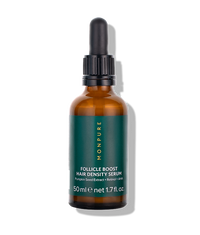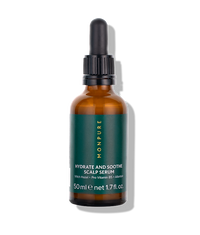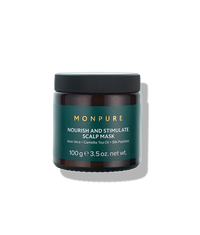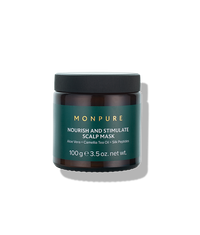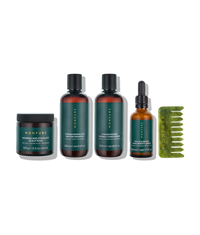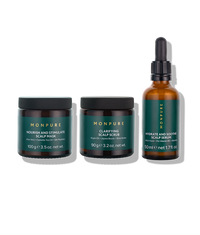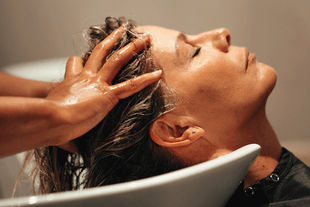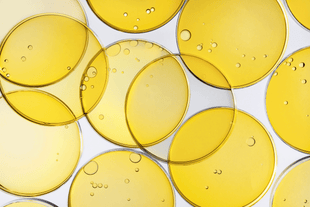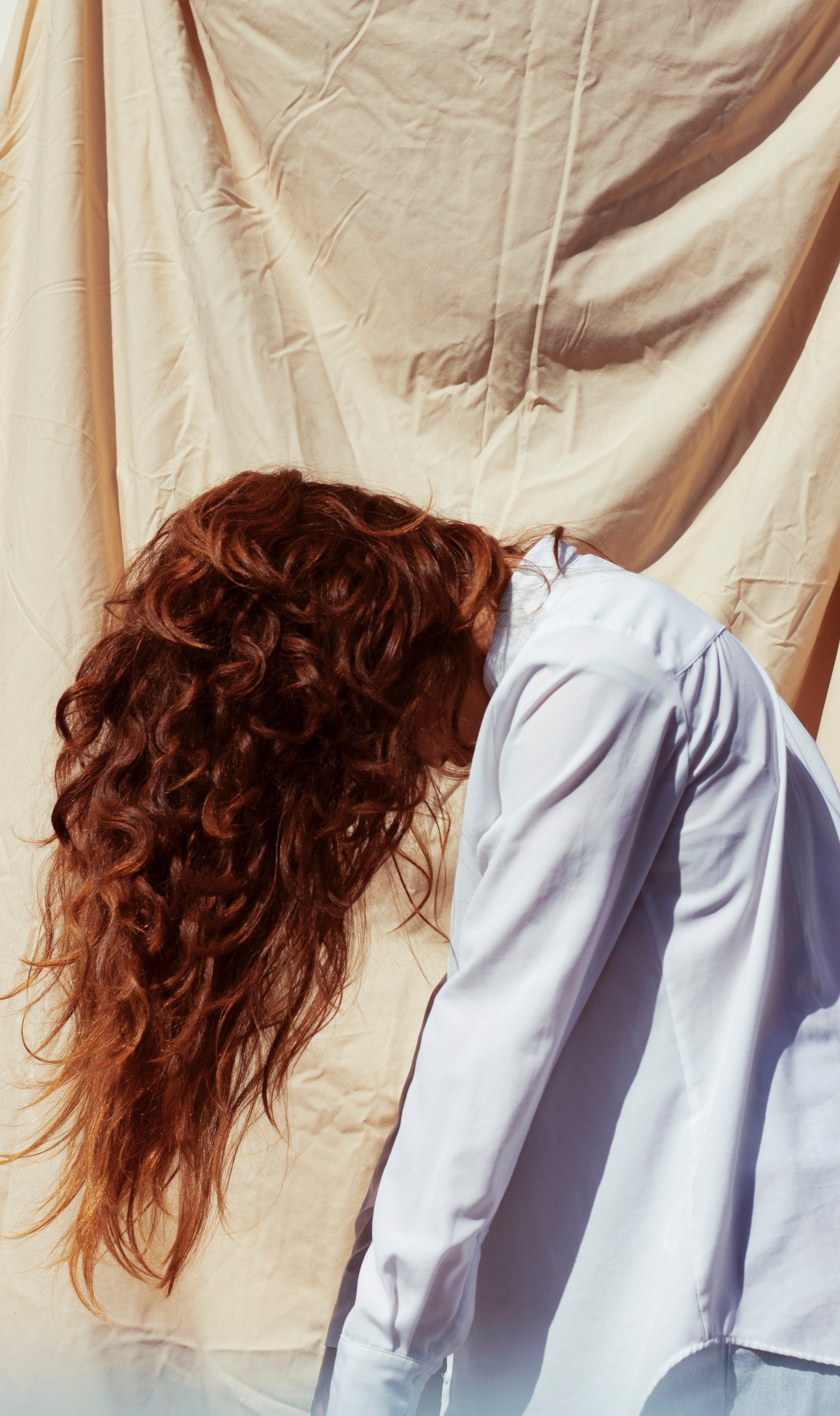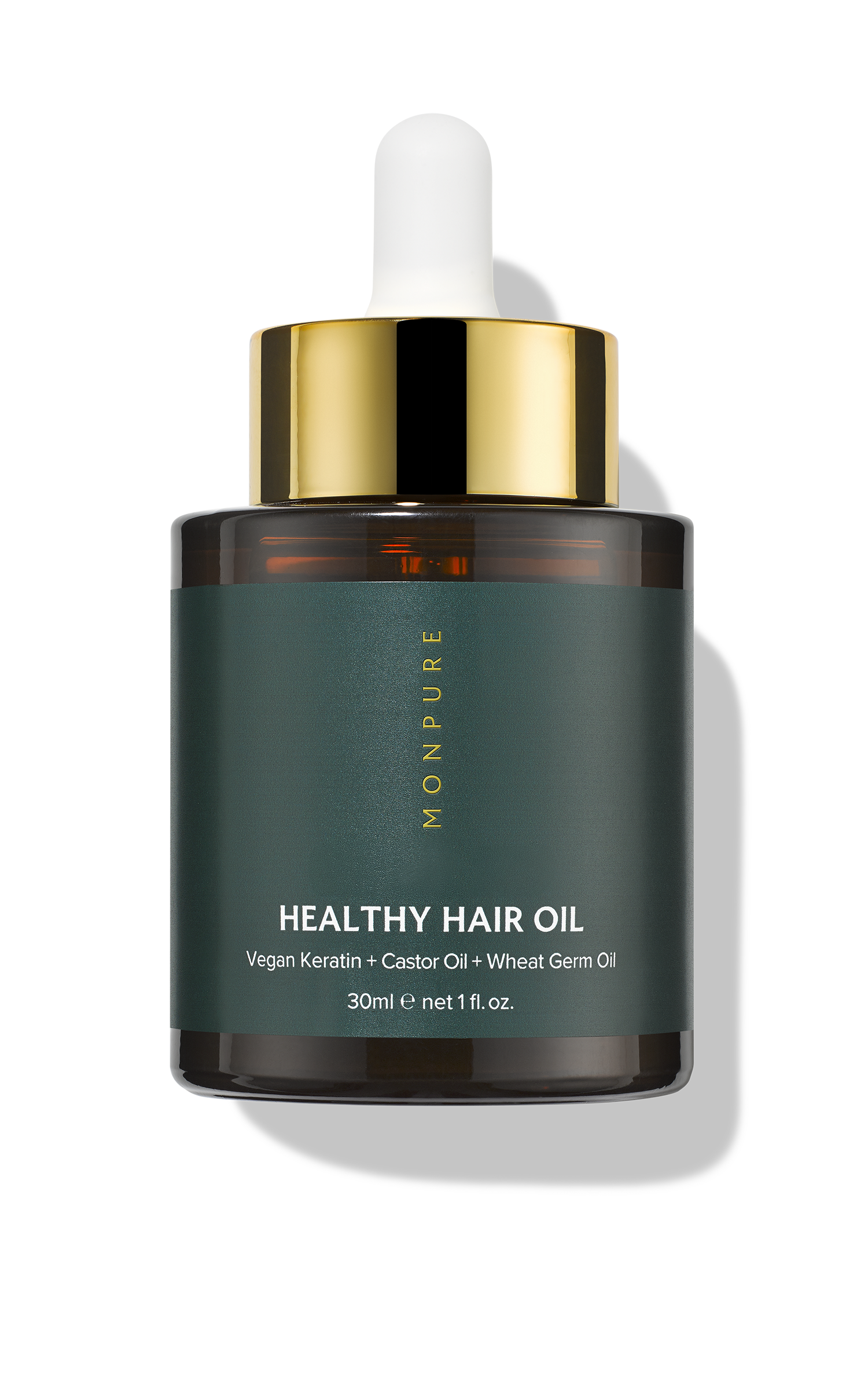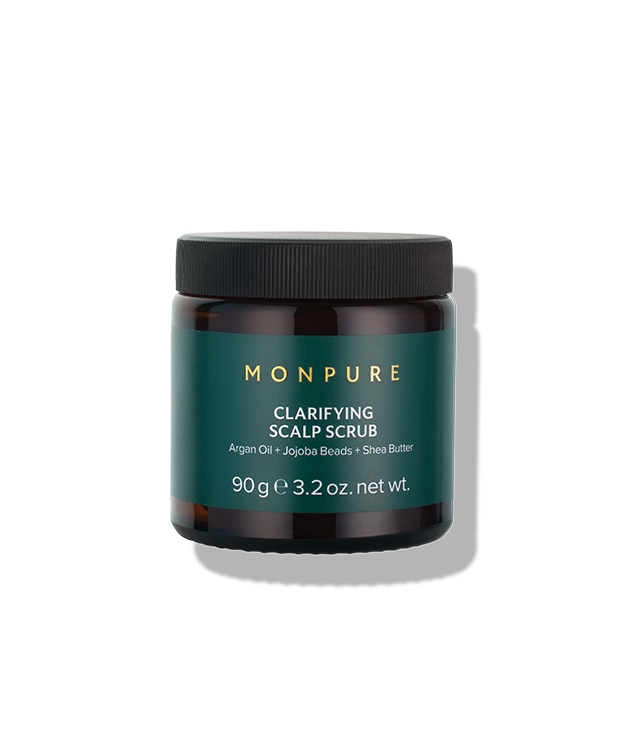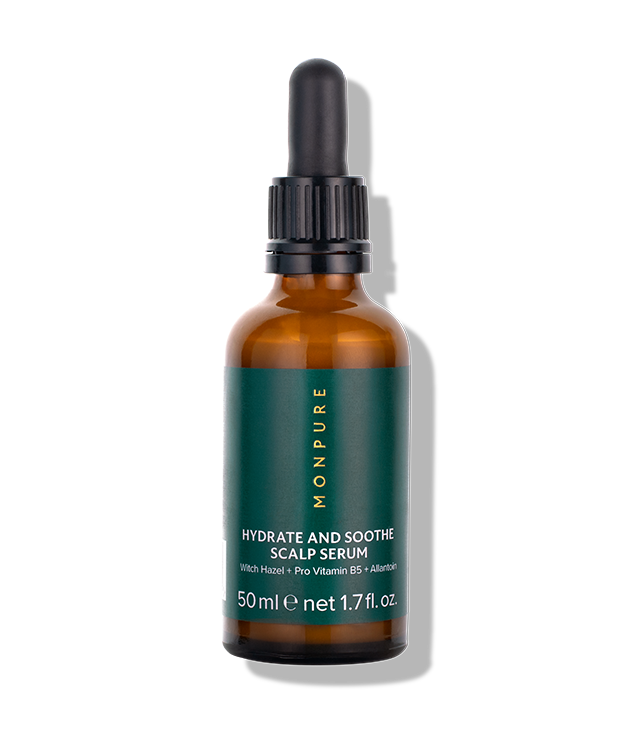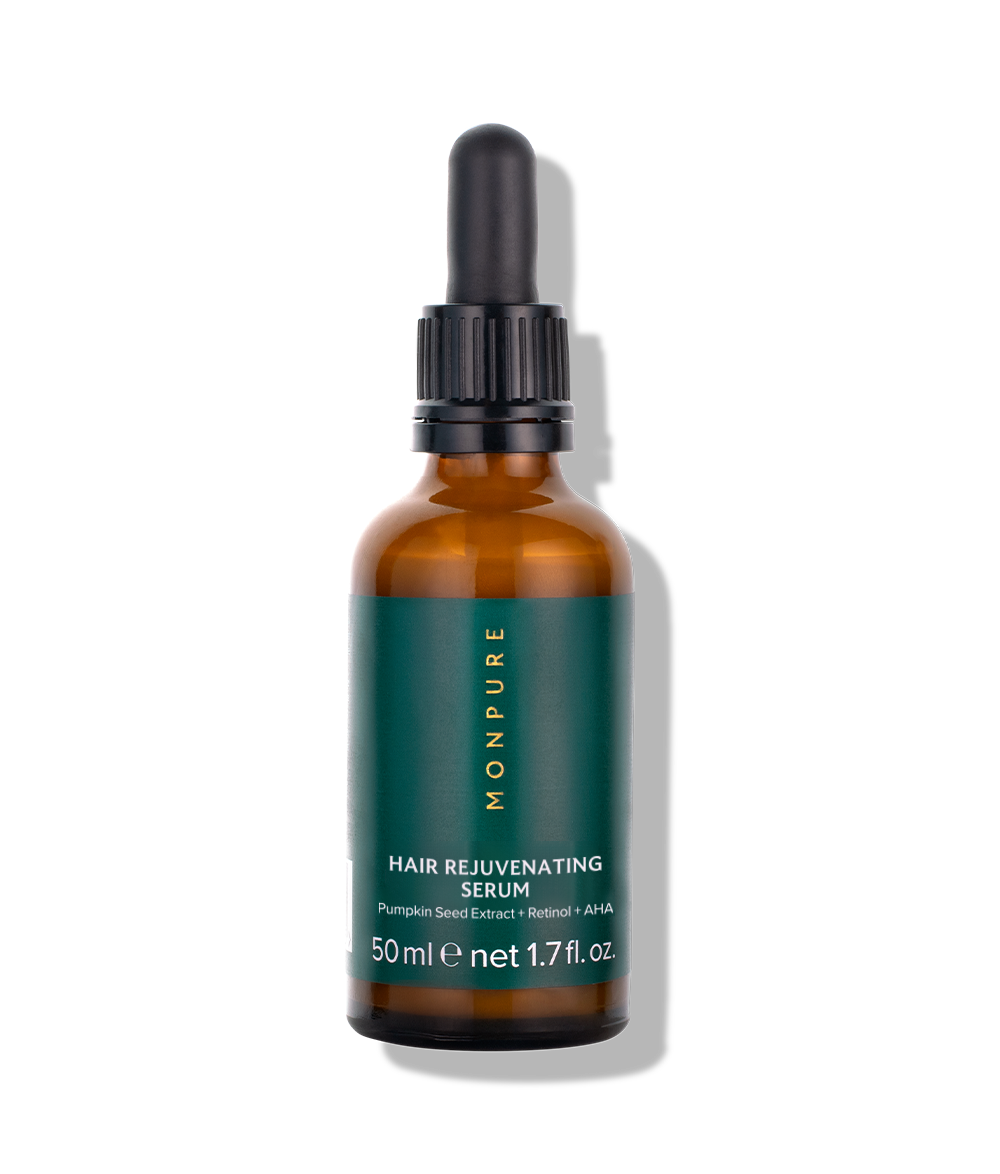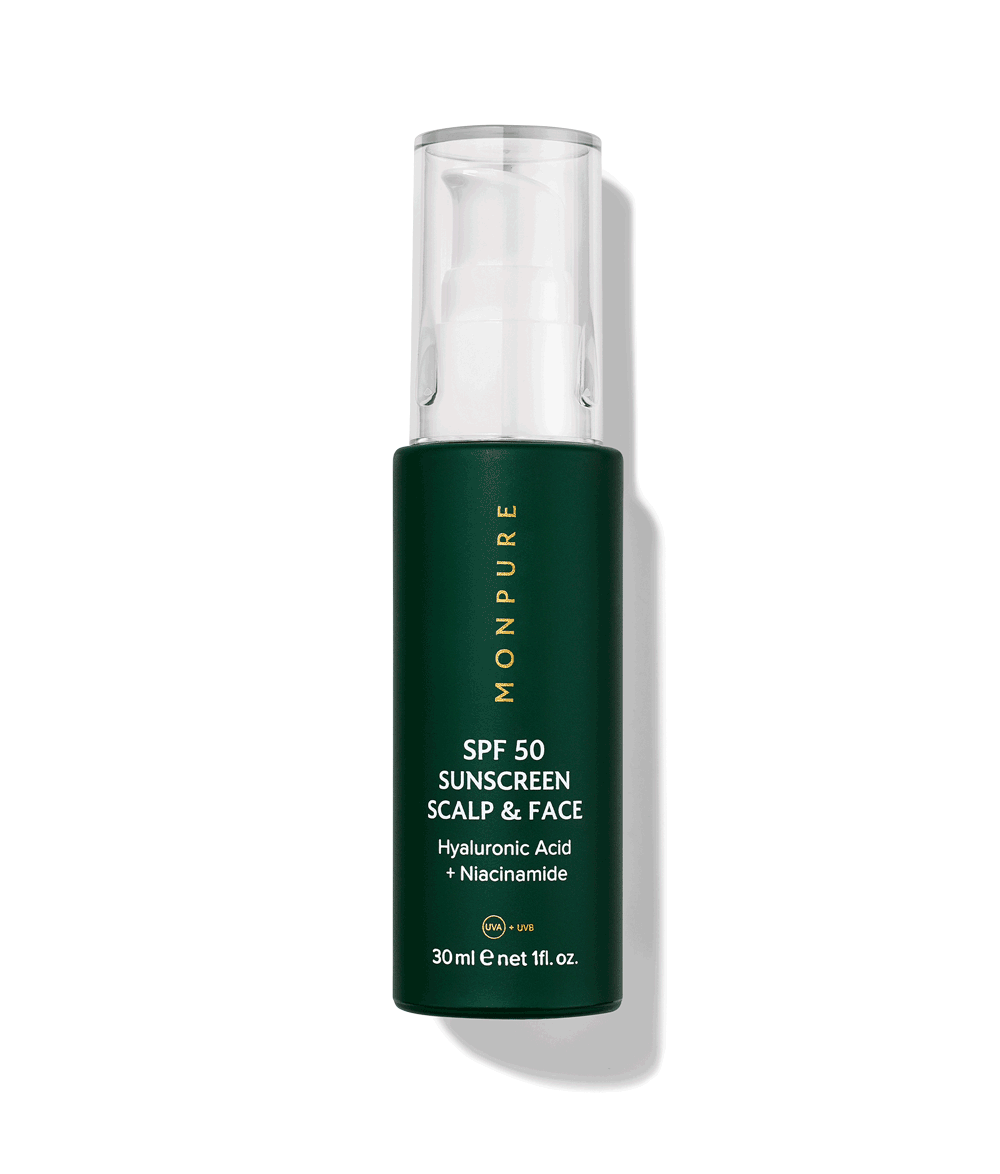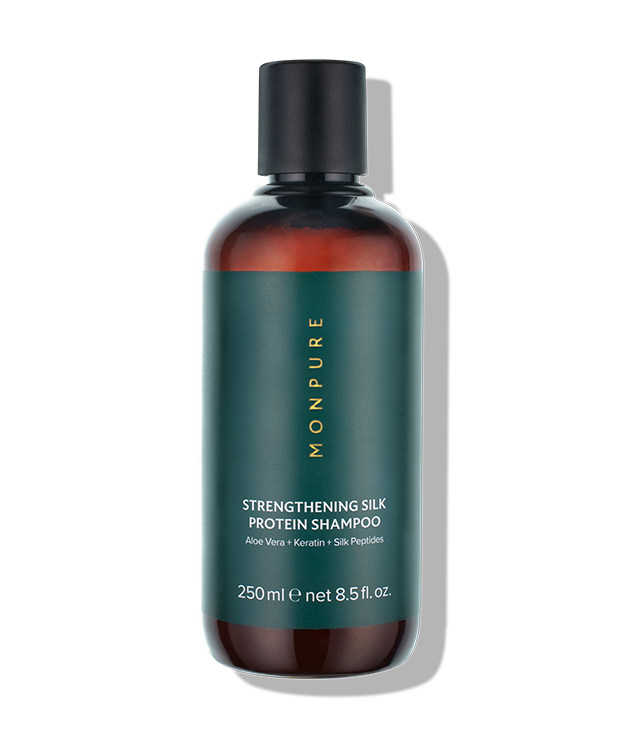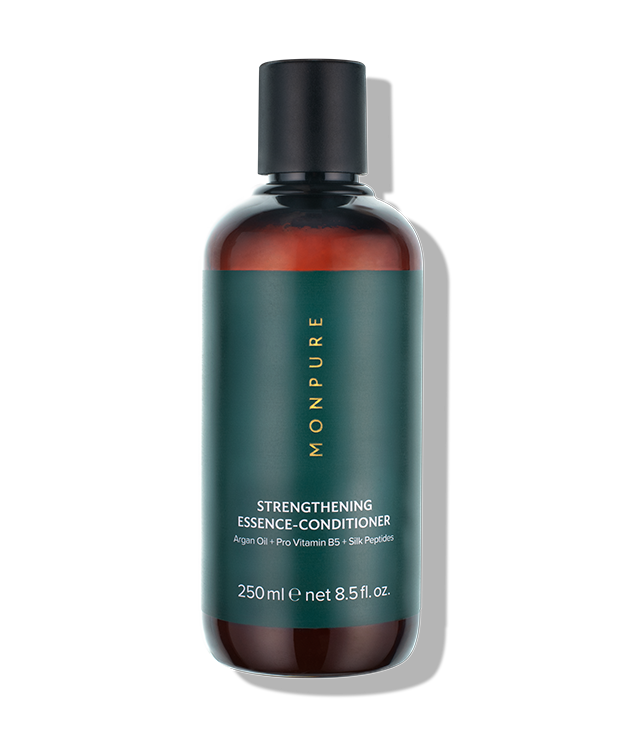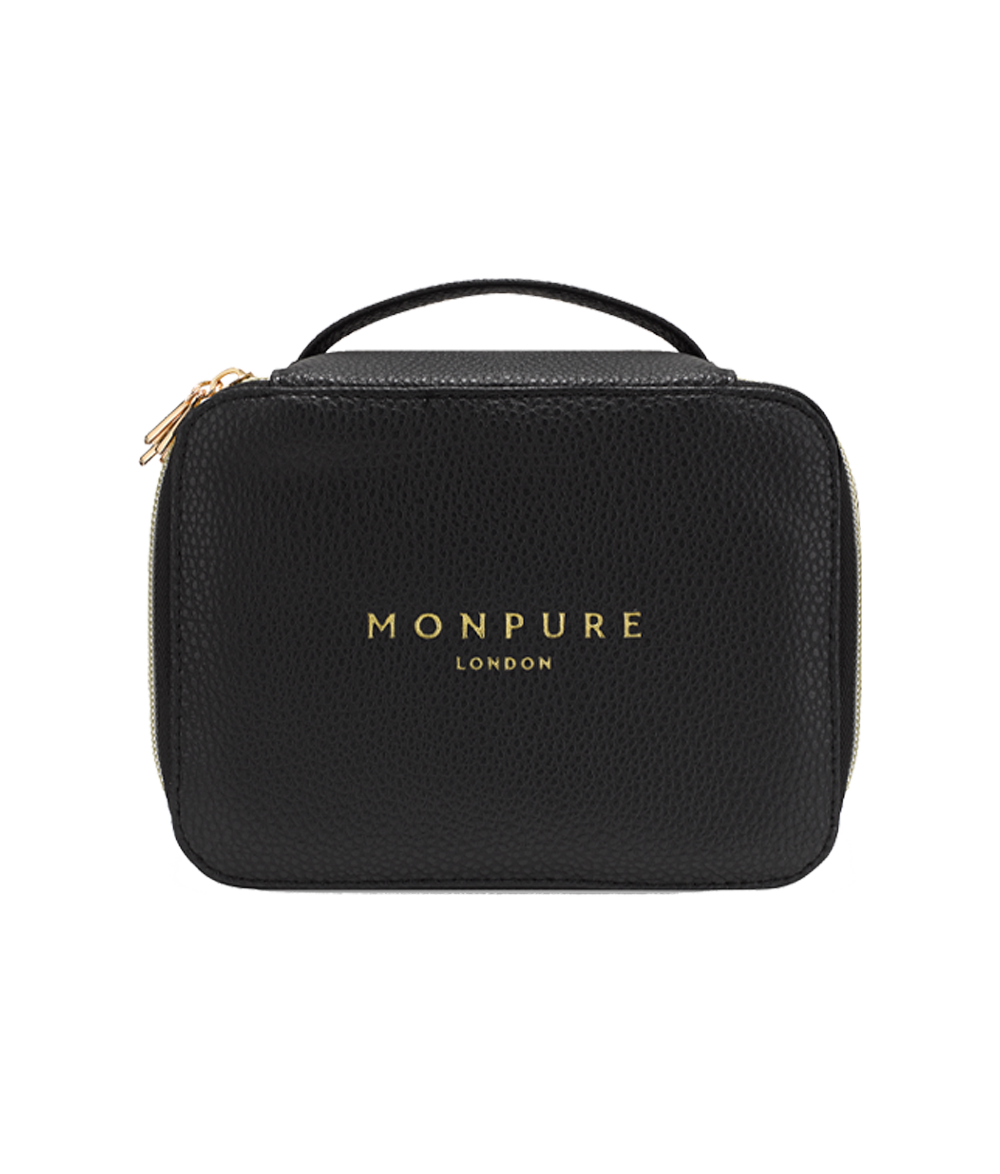Oxidative Stress and its Impact on Scalp and Hair Health
At MONPURE, we understand that the scalp is the hair’s incubator and that a healthy scalp supports the emergence of healthy hair. In fact, research suggests that the skin on our scalp ages just as fast as the skin on our face, making it critical that we treat the scalp with the same care and attention we would our skin. By bridging the gap between skincare and haircare, the treatment of the scalp against offenders such as oxidative stress is central to MONPURE’s philosophy.
What is Oxidative Stress?
Oxidative stress refers to an imbalance between the production and accumulation of oxygen reactive species (ROS) in the cells and tissues. In other words, it occurs due to an imbalance of free radicals and antioxidants in the body, in which the tissues of the body are unable to sufficiently counteract the sources of reactive oxygen species (ROS).
What are Free Radicals?
Free radicals refer to highly reactive, unstable molecules with one or more unpaired electrons, and are byproducts of the metabolic process. These molecules can directly damage various cellular structural membranes, lipids, proteins and DNA. Hazardous substances such as cigarette smoke, pollutants, UV radiation and pesticides can also cause the formation of free radicals in the body.
Read more about the effects of pollution and UV radiation on the scalp and hair here.
Our cells naturally produce free radicals during the metabolic process, however, our cells also produce antioxidants to neutralise free radicals - allowing the body to maintain a healthy balance.
The Impact of Oxidative Stress on the Hair and Scalp
Oxidative stress is a fundamental part of the natural ageing process. It breaks down cell tissue and causes DNA damage, which can also result in inflammation. With age, the production of free radicals increases, while the body’s defence mechanisms decrease. This imbalance leads to the progressive damage of cellular structures, including those associated with the hair and scalp.
Oxidative Stress and Scalp Inflammation
Research suggests that oxidative stress damages the health of the scalp which impedes hair formation and growth. Oxidative stress impacts the anchoring force of the hair strand within the follicle. This is shown by the higher number of hairs in the catagen (transition) and telogen (resting) phases of the hair growth cycle among people with scalp conditions such as dandruff, seborrheic dermatitis and psoriasis (1).
Oxidative stress is a key factor in a number of dermatological scalp conditions, including dandruff, seborrheic dermatitis, psoriasis and atopic dermatitis. Therefore, the scalp appears to be impacted by oxidative stress prior to the emergence of the hair. The yeast species Malassezia, which is linked to the conditions dandruff and seborrheic dermatitis, has also been recognised as a source of oxidative stress and is considered to contribute to compromised hair health and growth (2).
The Correlation Between Oxidative Stress and Hair Loss
Androgenic alopecia is the single most frequent cause of hair loss among both men and women. It is most generally understood as a hormone-induced, age-dependent and genetically determined form of progressive hair thinning.
Read more about the process of hair thinning here.
The Centre for Cutaneous Research at Queen Mary’s University of London has published the findings on the relationship between Oxidative Stress and Androgenetic Alopecia (3).
In the study, the researchers contrasted two separate cultures of hair follicle dermal papilla (the cells that reside just under the hair follicle):
- One from the scalp of someone with pattern baldness
- One from the scalp of someone exhibiting normal hair growth
The researchers made the following discoveries:
-
The dermal papilla of the balding scalp had higher levels of reactive oxygen species (ROS), such as free radicals. This means that Oxidative stress is more prevalent among those experiencing pattern baldness, suggesting a strong correlation between the two.
-
Higher levels of reactive oxygen species (ROS) decrease the cell’s ability to naturally reproduce, regenerate and renew themselves. This indicates that oxidative stress impairs the scalp’s ability to support healthy cell renewal, and in turn, healthy hair growth.
-
The dermal papilla of the balding exhibited high levels of a state called ‘cell senescence’. Cell senescence occurs when a cell is alive but is no longer able to proliferate or divide. This directly impedes the hair follicle’s ability to support healthy hair growth as the cells that comprise the hair follicle are arrested and cannot progress through the growth cycle.
Other research has revealed that human hair follicles miniaturise or even disappear from the scalp as we age - a result of defective hair follicle stem cell renewal (4).
It appears that oxidative stress may exacerbate the onset of androgenic alopecia, A.K.A female-pattern baldness.
Combating the Effects of Oxidative Stress
What are Antioxidants?
Antioxidants are substances that neutralise free radicals, and are the first line of defence against oxidative stress. These neutralising effects work to protect the body from oxidative stress and damage. Examples of antioxidants include:
- Vitamin A
- Vitamin C
- Vitamin E
Eating an antioxidant-rich diet is key to protecting your body against the effects of oxidative stress. Naturally occurring antioxidants are found in Vitamins C and E, flavonoids, carotenoids and tannins. These sources include fruits and vegetables, seeds, nuts, whole grains, spices, as well as coffee, tea and cocoa.
- Flavonoids are a class of plant compounds found in deeply coloured fruits, vegetables, cocoa, tea and wine. Some examples are berries, kale and tomatoes.
- Carotenoids are a class of naturally occurring pigments found in plants and algae. Carotenoid-containing foods are often red, yellow or orange, such as carrots, sweet potatoes, mangos and bell peppers.
- Tannins are a class of bitter astringent compounds, abundantly found in nature. They are present in tea, walnuts, cranberries, cocoa (e.g., dark chocolate), grapes and wine.
MONPURE’s Powerful Antioxidants
MONPURE’s results-driven range features an array of pioneering ingredients brimming with antioxidants that have been scientifically proven to offset the effects of free radicals and oxidative stress. Let’s unpack our hero antioxidants…
Our Nourish and Stimulate Scalp Mask delivers an instant dose of antioxidants and essential vitamins to the scalp and follicles, working to neutralise the free radicals associated with oxidative stress. The mask’s hero ingredient, Camellia Tea oil, is rich in Vitamins A, B, D and E, and is a remarkable antioxidant that prevents free radical related conditions (5).
Many of MONPURE’s products are formulated with Vitamin C and Vitamin E, which have been shown to hold antioxidant properties that counteract the effects of oxidative stress.
Oxidative stress can significantly speed up the ageing process of the scalp and hair, and is strongly associated with dermatological scalp conditions as well as androgenic alopecia, the effects of which can wreak havoc on the health of the hair and scalp. MONPURE’s central focus on cultivating scalp health as an incubator of hair health is fundamental to creating a protective barrier against the effects of free radicals.
Discover Vitamin C in…
Strengthening Silk Protein Shampoo
Hydrate and Soothe Scalp Serum
Follicle Boost Hair Density Serum
Discover Vitamin E in…
Strengthening Essence-Conditioner
Nourish and Stimulate Scalp Mask

